by Arnie Fenner
In 1996 Grand Master Jean “Moebius” Giraud [1938-2012] gave an art lecture during his appearance at the San Diego Comic Con. The presentation was recorded, translated into Spanish, revised with several additions intended for Mexican students, published by Xurxo Penalta in a Mexican newspaper, and subsequently posted online. It has been translated into English, reposted, and shared in the years since with good reason. Jean Giraud was, quite simply, brilliant. His storytelling—whether humorous or dramatic, historical, fantastic, or erotic—was flawless and his technical skills enviable. Alien, Tron, and particularly The Fifth Element all benefited tremendously from his designs. So, yeah, when Jean gave a lecture it was worthwhile—as you’ll see when reading the transcript below. But for extra insight, I’d like to direct everyone to William Stout’s journal; prompted by his long friendship with Jean, Bill annotates Moebius’ lecture with his own observations and experiences, point by point. It’s great stuff.
Regardless of the passage of almost twenty years, Moebius’ insights (just like his art) are invaluable. Definitely: enjoy!
Regardless of the passage of almost twenty years, Moebius’ insights (just like his art) are invaluable. Definitely: enjoy!
A Brief Manual for Cartoonists by Jean Giraud
1) When you draw, you must first cleanse yourself of deep feelings, like hate, happiness, ambition, etc.
2) It’s very important to educate your hand. Make it achieve a level of high obedience so that it will be able to properly and fully express your ideas. But be very careful of trying to obtain too much perfection, as well as too much speed as an artist. Perfection and speed are dangerous — as are their opposites. When you produce drawings that are too quick or too loose, besides making mistakes, you run the risk of creating an entity without soul or spirit.
3) Knowledge of perspective is of supreme importance. Its laws provide a good, positive way to manipulate or hypnotize your readers.
4) Another thing to embrace with affection is the study of [the] human body — it’s anatomy, positions, body types, expressions, construction, and the differences between people.
Drawing a man is very different from drawing a woman. With males, you can be looser and less precise in their depiction; small imperfections can often add character. Your drawing of a woman, however, must be perfect; a single ill-placed line can dramatically age her or make her seem annoying or ugly. Then, no one buys your comic!
For the reader to believe your story, your characters must feel as if they have a life and personality of their own.
Their physical gestures should seem to emanate from their character’s strengths, weaknesses and infirmities. The body becomes transformed when it is brought to life; there is a message in its structure, in the distribution of its fat, in each muscle and in every wrinkle, crease or fold of the face and body. It becomes a study of life.
5) When you create a story, you can begin it without knowing everything, but you should make notes as you go along regarding the particulars of the world depicted in your story. Such detail will provide your readers with recognizable characteristics that will pique their interest.
When a character dies in a story, unless the character has had his personal story expressed some way in the drawing of his face, body and attire, the reader will not care; your reader won’t have any emotional connection.
Your publisher might say, “Your story has no value; there’s only one dead guy — I need twenty or thirty dead guys for this to work.” But that is not true; if the reader feels the dead guy or wounded guys or hurt guys or whomever you have in trouble have a real personality resulting from your own deep studies of human nature — with an artist’s capacity for such observation — emotions will surge.
By such studies you will develop and gain attention from others, as well as a compassion and a love for humanity.
This is very important for the development of an artist. If he wants to function as a mirror of society and humanity, this mirror of his must contain the consciousness of the entire world; it must be a mirror that sees everything.
6) Alejandro Jodorowsky says I don’t like drawing dead horses. Well, it is very difficult.
It’s also very difficult to draw a sleeping body or someone who has been abandoned, because in most comics it’s always action that is being studied. It’s much easier to draw people fighting — that’s why Americans nearly always draw superheroes. It’s much more difficult to draw people that are talking, because that’s a series of very small movements — small, yet with real significance.
His counts for more because of our human need for love or the attention of others. It’s these little things that speak of personality, of life. Most superheroes don’t have any personality; they all use the same gestures and movements.
7) Equally important is the clothing of your characters and the state of the material from which it was made.
These textures create a vision of your characters’ experiences, their lives, and their role in your adventure in a way where much can be said without words. In a dress there are a thousand folds; you need to choose just two or three — don’t draw them all. Just make sure you choose the two or three good ones.
8) The style, stylistic continuity of an artist and its public presentation are full of symbols; they can be read just like a Tarot deck. I chose my name “Moebius” as a joke when I was twenty-two years old — but, in truth, the name came to resonate with meaning. If you arrive wearing a T-shirt of Don Quixote, that tells me who you are. In my case, making a drawing of relative simplicity and subtle indications is important to me.
9) When an artist, a real working artist, goes out on the street, he does not see things the same way as “normal” people. His unique vision is crucial to documenting a way of life and the people who live it.
10) Another important element is composition. The compositions in our stories should be studied because a page or a painting or a panel is a face that looks at the reader and speaks to him. A page is not just a succession of insignificant panels. There are panels that are full. Some that are empty. Others are vertical. Some horizontal. All are indications of the artist’s intentions. Vertical panels excite the reader. Horizontals calm him. For us in the Western world, motion in a panel that goes from left to right represents action heading toward the future. Moving from right to left directs action toward the past. The directions we indicate represent a dispersion of energy. An object or character placed in the center of a panel focuses and concentrates energy and attention. These are basic reading symbols and forms that evoke in the reader a fascination, a kind of hypnosis. You must be conscious of rhythm and set traps for the reader to fall into so that, when he falls, he gets lost, allowing you to manipulate and move him inside your world with greater ease and pleasure. That’s because what you have created is a sense of life. You must study the great painters, especially those who speak with their paintings. Their individual painting schools or genres or time periods should not matter. Their preoccupation with physical as well as emotional composition must be studied so that you learn how their combination of lines works to touch us directly within our hearts.
11) The narration must harmonize with the drawings. There must be a visual rhythm created by the placement of your text. The rhythm of your plot should be reflected in your visual cadence and the way you compress or expand time. Like a filmmaker, you must be very careful in how you cast your characters and in how you direct them. Use your characters or “actors” like a director, studying and then selecting from all of your characters’ different takes.
12) Beware of the devastating influence of North American comic books. The artists in Mexico seem to only study their surface effects: a little bit of anatomy mixed with dynamic compositions, monsters, fights, screaming and teeth. I like some of that stuff too, but there are many other possibilities and expressions that are also worthy of exploration.
13) There is a connection between music and drawing. The size of that connection depends upon your personality and what’s going on at that moment. For the last ten years I’ve been working in silence; for me, there is music in the rhythm of my lines. Drawing at times is a search for discoveries. A precise, beautifully executed line is like an orgasm!
14) Color is a language that the graphic artist uses to manipulate his reader’s attention as well as to create beauty. There is objective and subjective color. The emotional states of the characters can change or influence the color from one panel to the next, as can place and time of day. Special study and attention must be paid to the language of color.
15) At the beginning of an artist’s career, he should principally involve himself in the creation of very high quality short stories. He has a better chance (than with long format stories) of successfully completing them, while maintaining a high standard of quality. It will also be easier to place them in a book or sell them to a publisher.
16) There are times when we knowingly head down a path of failure, choosing the wrong theme or subject for our capabilities, or choosing a project that is too large, or an unsuitable technique. If this happens, you must not complain later.
17) When new work has been sent to an editor and it receives a rejection, you should always ask for and try to discover the reasons for the rejection. By studying the reasons for our failure, only then can we begin to learn. It is not about struggle with our limitations, with the public or with the publishers. One should treat it with more of an aikido approach. It is the very strength and power of our adversary that is used as the key to his defeat.
18) Now it is possible to expose our works to readers in every part of the planet. We must always keep aware of this. To begin with, drawing is a form of personal communication — but this does not mean that the artist should close himself off inside a bubble. His communication should be for those aesthetically, philosophically and geographically close to him, as well as for himself — but also for complete strangers. Drawing is a medium of communication for the great family we have not met, for the public and for the world.


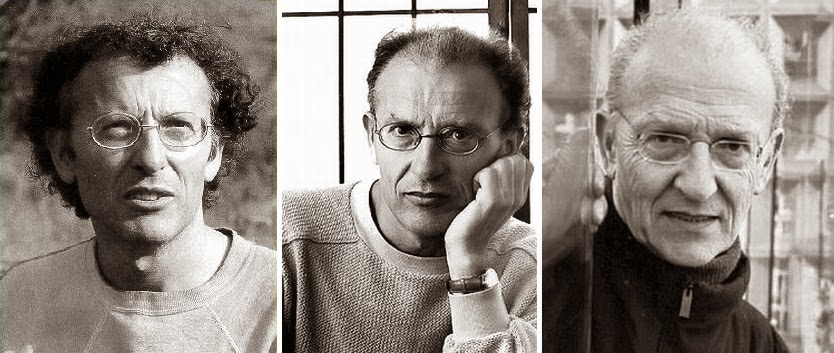
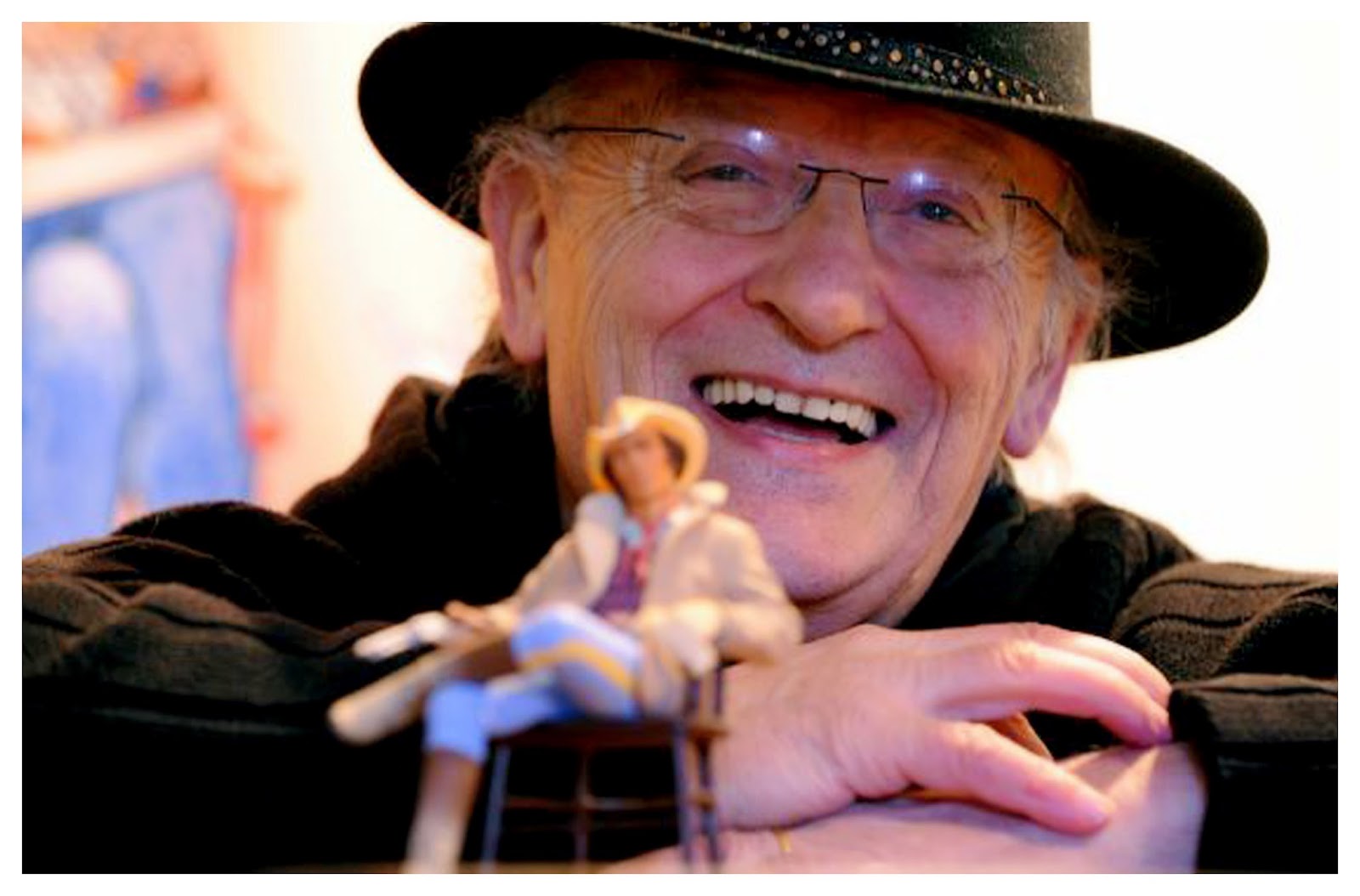

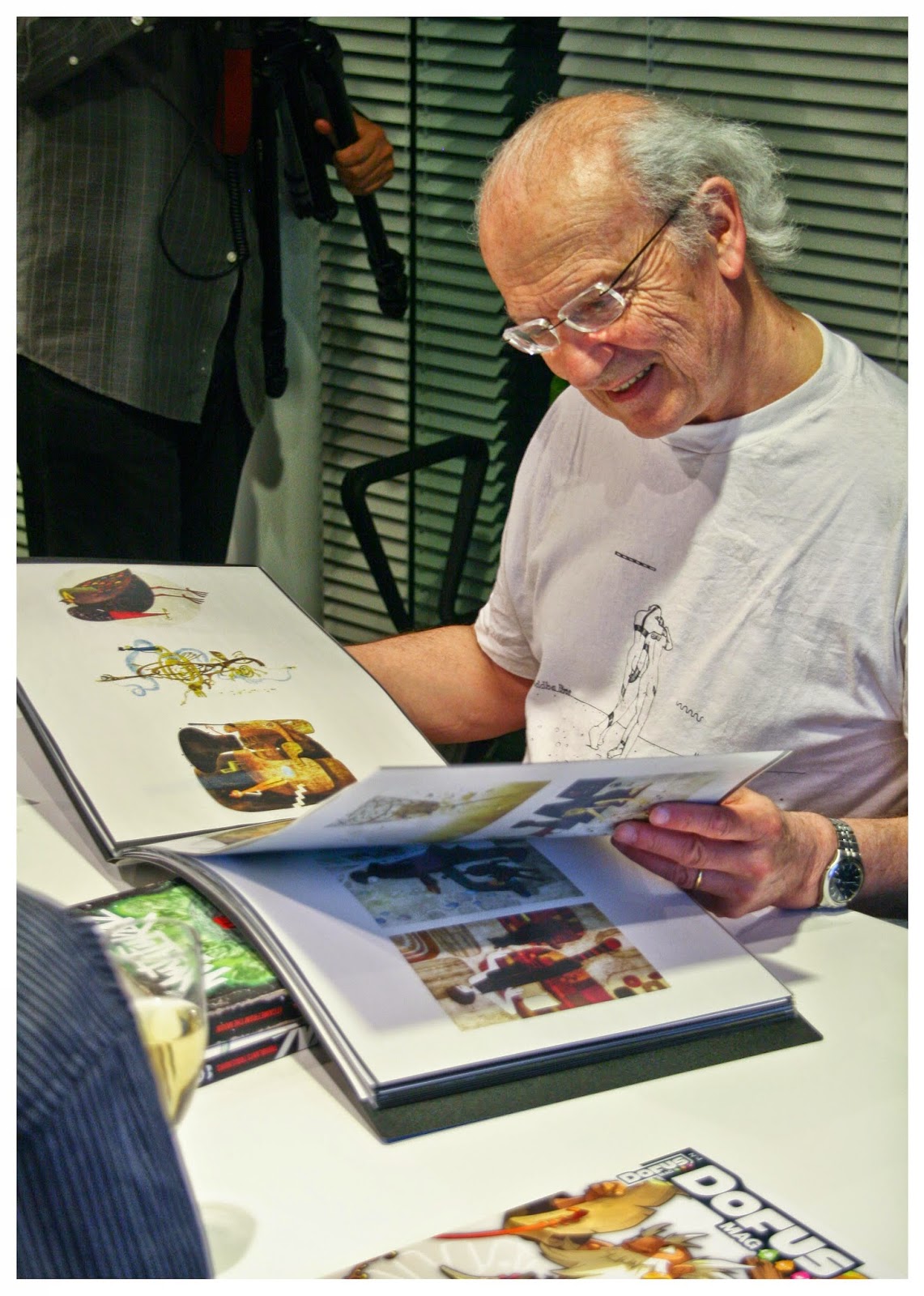
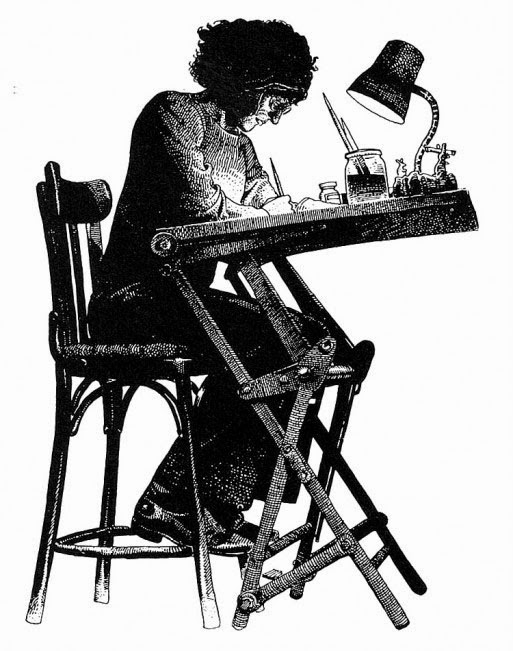

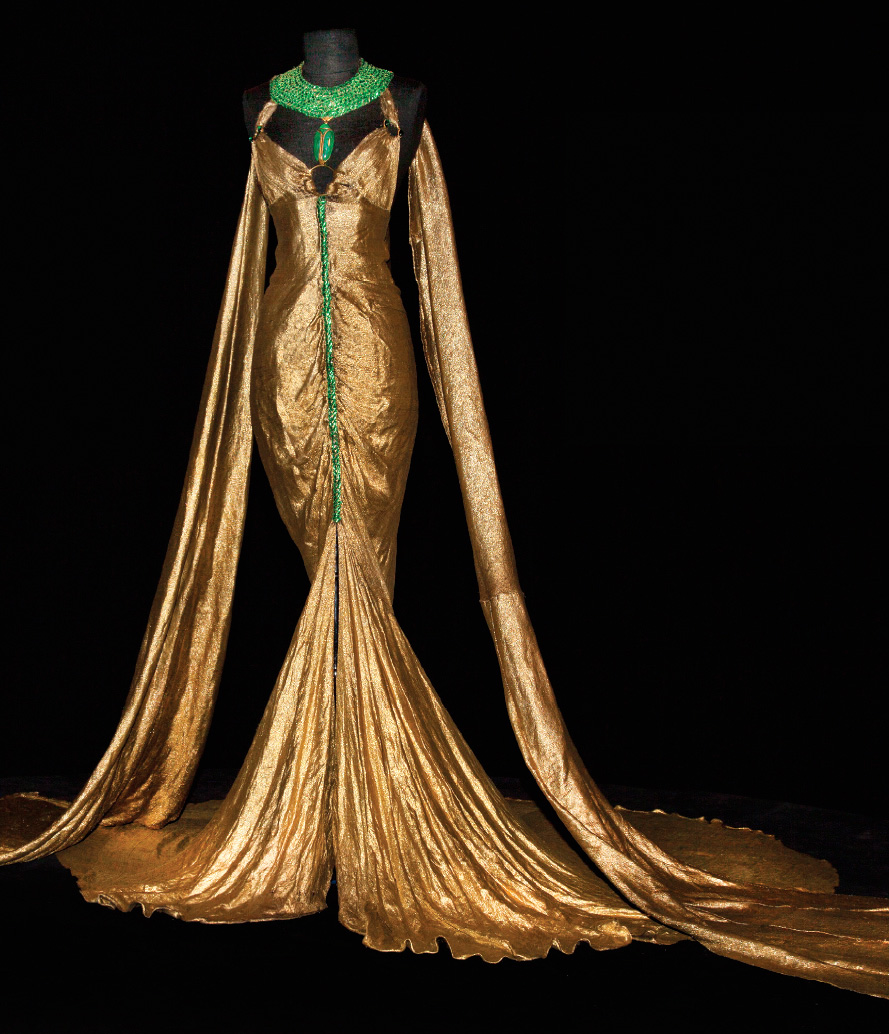
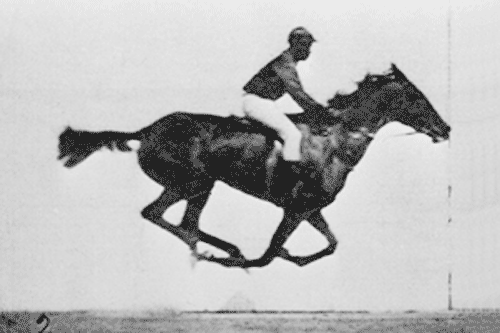
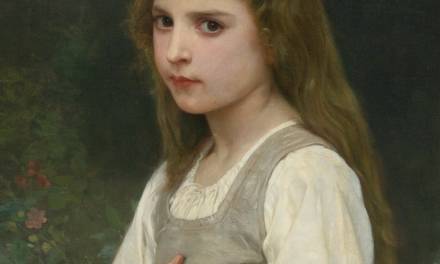

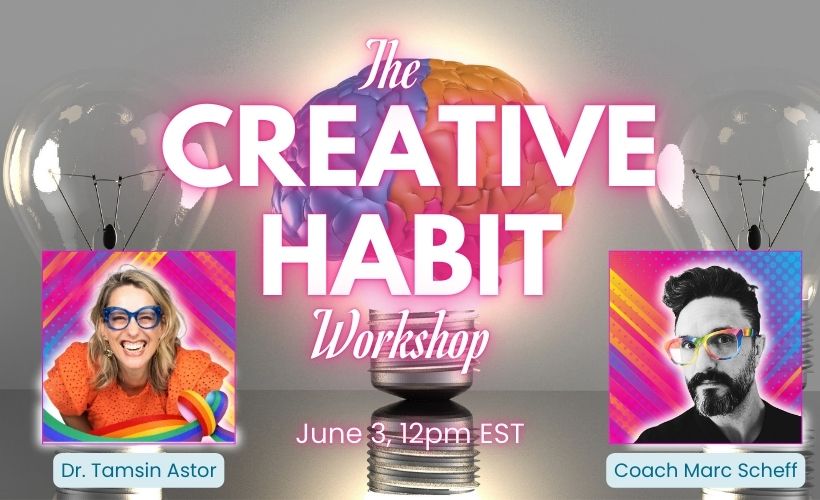
Love this. It makes me happy and sad all at once.
Amazing. So much wisdom there.
Wonderful bits of insight. This is one of the reasons I love this website. You all are so good at offering up these succinct bits of wisdom that help me slowly get better at my work. Thanks.
Thank you for this. So inspiring…
Great advice from a true master of the comics genre.
I fist saw the works of Moebius as a child, and have been inspired by his mastery of color, perspective and line ever since.
Truly one of the great story tellers and artists of modern times.
“Drawing a man is very different from drawing a woman. With males, you can be looser and less precise in their depiction; small imperfections can often add character. Your drawing of a woman, however, must be perfect; a single ill-placed line can dramatically age her or make her seem annoying or ugly. Then, no one buys your comic!”
– I know you guys, personally, didn't write this, you're quoting from a great artist. But really? As a follow up to Lauren's post the other day it's kind of frustrating to see this touted as good advice. Women need to be portrayed in art with the same variety as men. The idea that women need to fit within a narrower definition of beauty in order to be seen as good/valuable is a huge problem.
“Women need to be portrayed in art with the same variety as men.”
And they ARE, Silvia. Look and you'll find all types of women being painted and drawn by men and women artists around the world, both in the past and in the present. In this particular case (since you can find every imaginable body type, ethnicity, and facial feature for both sexes—both sexes plus!—in his art), I think what Moebius was trying to say was that, for him, if the specific intent was to draw a young attractive woman it was a lot harder to do the way he wanted and required some thought or else he'd screw it up. Since HE had to be “perfect” in his handling, he was advising young artists that THEY should be, too. And if it wasn't what he meant…
I don't care.
Getting upset over an opinion or view expressed by someone 20 years ago—who has also been in the grave for the last three—while ignoring everything else he said and, indeed, accomplished, is a waste of energy. We can go through history and find things to cluck our tongues over (years and experiences far removed) about virtually everyone that has walked the planet, artists included. It's painfully easy to judge and take umbrage, particularly when comfortably looking in time's rear view mirror, but often hard to understand original context and intent. Don't read anything about Picasso or NC Wyeth or Charles Schultz or any number of others because…you will be disappointed.
So, yes, regardless of the fact that you take offense to two sentences out of this entire post, Moebius DID give good and valuable advice.
Well said. It’s a service to re-direct someone who may be stuck in time.
Thanks so much for this, Arnie! Mssr. Giraud has been on my mind this week as I start some new work on the easel, and several of his statements here speak directly to issues I'm pondering (that nugget about drawing fabric is so great). Serendipitous MC post, as usual.
Also thanks to this article, I subsequently stumbled across Mahendra Singh's fascinating and deep analysis of Giraud's inking work on Le Garage Hermétique. Even though it's obviously all about inking technique, I'm finding some great insights that I think I can apply to handling value in my latest painting.
Speaking of, time to try and find a copy of Le Garage Hermétique in the original black and white. I think Humanoids publishes one for about 300 USD. Oh, how I wish I'd kept all those original issues of Heavy Metal magazine I bought as a teenager…
Thank you for those precious advices from a great Master.Jean Giraud tu nous manques.
Dave, the version you're referring to is the Oeuvre: Le Garage Hermetique, Coffee Table Edtion. It is indeed beautiful and yes, about $300.
http://www.humanoids.com/book/292#.VP8IKmS9Kc0
But it is identical to this version here:
http://stuartngbooks.com/moebius-jean-giraud-le-garage-hermetique-deluxe-edition.html
The only difference is the more expensive version is limited and comes with a print and slipcover. Other than that, the actual book interior is identical.
This version is only $100 (or less on eBay) and is worth every darn penny. A friend owned it, and when I saw it, I immediately went and bought my own copy. It's all the original inks, unadulterated, and is heart breakingly nice. Treat yourself!
Nobody likes looking at ugly women, haha
Thanks so much for this tip, Dan – the Stuart Ng edition sounds perfect, especially with the larger format! Does that version have the original pagination? The Epic paperbound colour volume I have has the page sequence starting on the right, which often makes a huge impact on the layouts throughout the book…
Fantastic. Thanks for sharing and an extra thank you for the William Stout link.
While I agree in general, I read his comment as a very specific advice about a very real challenge. More experienced artists are welcome to comment, but I find that when I am drawing an idealized male protagonist (a staple of all sorts of art as long as the world has been) I can draw all sorts of lines, details, stubble, etc. in his face and still depict an attractive character. But for reasons I don't completely understand, when drawing an idealized (young, attractive) female character, I have to keep the face very clear of all but the essential lines, or her appearance is completely changed. This is something I've discovered completely independently of any instruction, but I believe there's a principle in back of it. I think that's what Moebius was talking about.
I believe it's the same, Dave. This was definitely produced with the hardcore fan in mind.
Fantastic! Thanks so much, Dan. I'm taking your advice. Self = treated!
All Hail Moebius!
Six years gone already … the passing of Moebius was a milestone in the lives of so many artists. A couple of comments about the comments: the issue of ‘underplaying’ the rendering of female characters could well be construed as sexist, I suppose, but it’s just a staple concept of comics drawing since forever: it’s right there, for example, on page 100 of Stan Lee’s ‘How to Draw Comics the Marvel Way’ (1978): “Keep your female faces simple. Use no extra expression lines … [etc.]” It’s something most people find out just by drawing comics a lot. Confirmation: compare the faces of Blueberry and Chihuahua Pearl in Giraud’s westerns. As for the best edition of the Garage Hermetique, definitely skip any colourized versions, and maybe look out for used copies of the old ‘Major Fatal’ edition put out by Les Humanoides Associés (in French) around 1980 — the lifework is fabulously reproduced, and the introductory material is insightful. As for Moebius’s list of tips, they’re definitely interesting, but perhaps not terrifically helpful in a practical sense. I found that reading interviews with the artist (Numa Sadoul is a good place to start) was more helpful in understanding Giraud’s approach and technique.